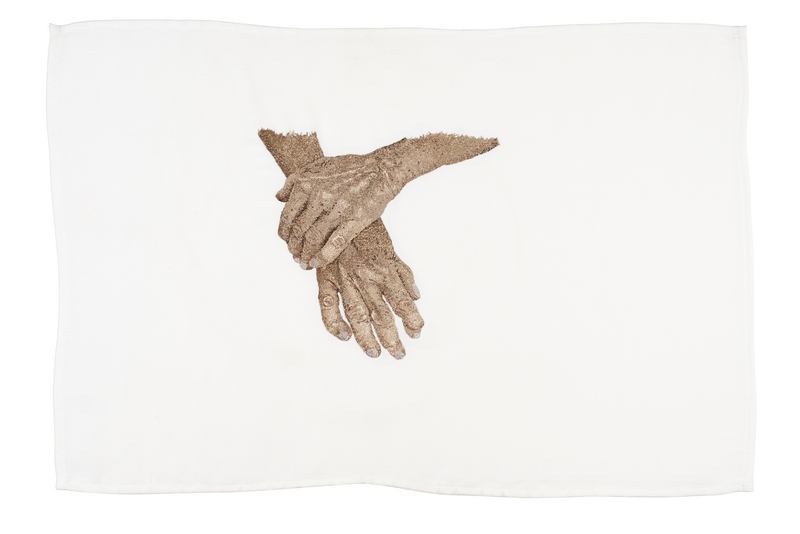I just spent the weekend in a workshop held by Erika Kemmann, with whom I was lucky enough to do my breath training. Every year, since 2000, she‘s offered a yearly research workshop for breath teachers. In one aspect of the research we explored the importance of the direction of the hands and arm movement in connection with the breath movement.
This really connected to something I‘ve been reflecting on this year: the difference between initiating and waiting. As I was exploring the movements, I realised it‘s not just a choice between waiting and initiating, there can be more steps in between: initiation-invitation-acknowledgement-openness. I‘ve outlined the movements that developed from these different stages:
Waiting – My hands rest on my body, on the navel, and I sense myself, waiting for what emerges, what messages or impulses arise in the body, in the soul or in the mind.
Opening – From the navel I extend my arms outwards in a circular movement with my hands directed towards myself. I am opening myself to the world, to an other but stay within my own space. Then I return to the navel.
Acknowledging – From the navel I extend my arms outwards in a circular movement with my hands directed outwards (in any direction). I am opening myself to the world, to an other, acknowledging him/her, as well as myself. Then I return to the navel, by myself.
Inviting – From the navel I extend my arms outwards in a circular movement with my hands opening to the world around me, to an other. I invite what is around me, an other to come towards me and to return with me to the navel.
Initiating– Initiating would involve more than a gesture, to my mind it would require a whole body movement, a step forward with the arm and hand directed forward also, for example.
Whereas waiting, opening, acknowledging, to my mind, are more of an inner stance than an action, initiating is an action which comprises an intended manipulation of an other or the environment. Invitation is between an inner stance and an action, tending towards one or another.
One can also do these movements without any intention and just sense what it feels like and what associations come up. Also, of course, the movements can be interpreted very differently.
As always, I’m very grateful to Erika Kemmann for her teaching and her inspiration.

 Credit: Lisa Reichmann, "Hände" (Hands) Hand embroidery with cotton
Credit: Lisa Reichmann, "Hände" (Hands) Hand embroidery with cotton